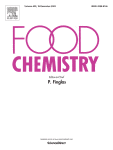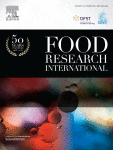meatbag
Member
- Joined
- Jan 15, 2016
- Messages
- 1,771
do you have a citation for greatly reduced nutrition in pasteurized vs unpasteurized milk?I think it would be counter productive for the bodies innate digestive system to significantly reduce the amount of nutrients by destroying them. Also, milk is pasteurized around 150F, whereas unheated milk consumed will be exposed to the bodies internal temp of around 100F, that seems like a significant difference in temp, especially given the heat sensitivity of vitamins. Im not exactly sure of the interaction of stomach pH on said vitamins.


